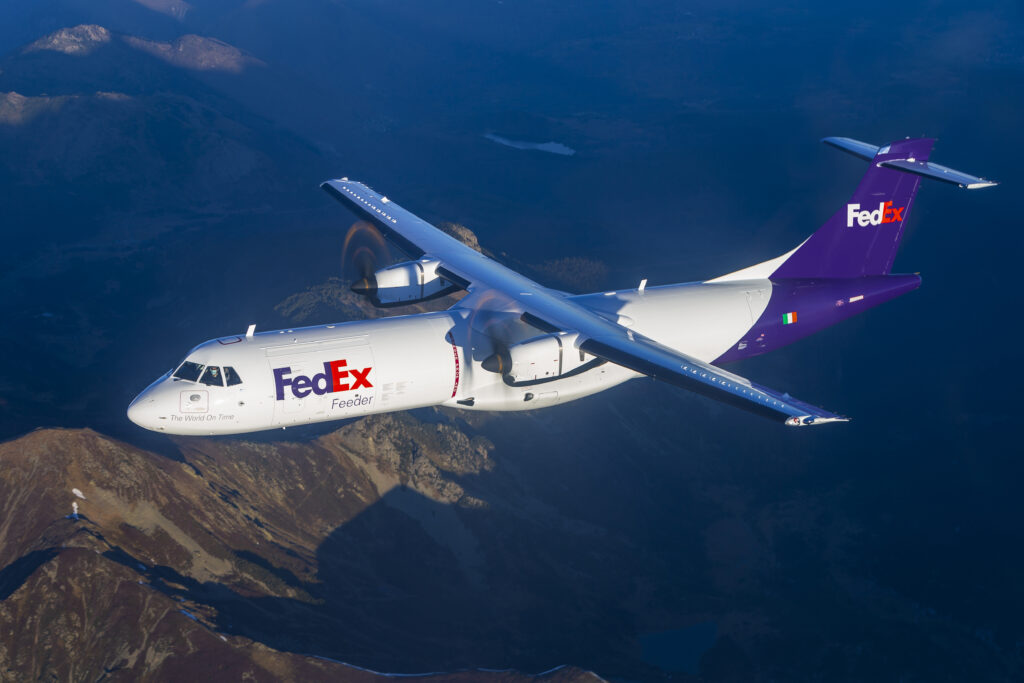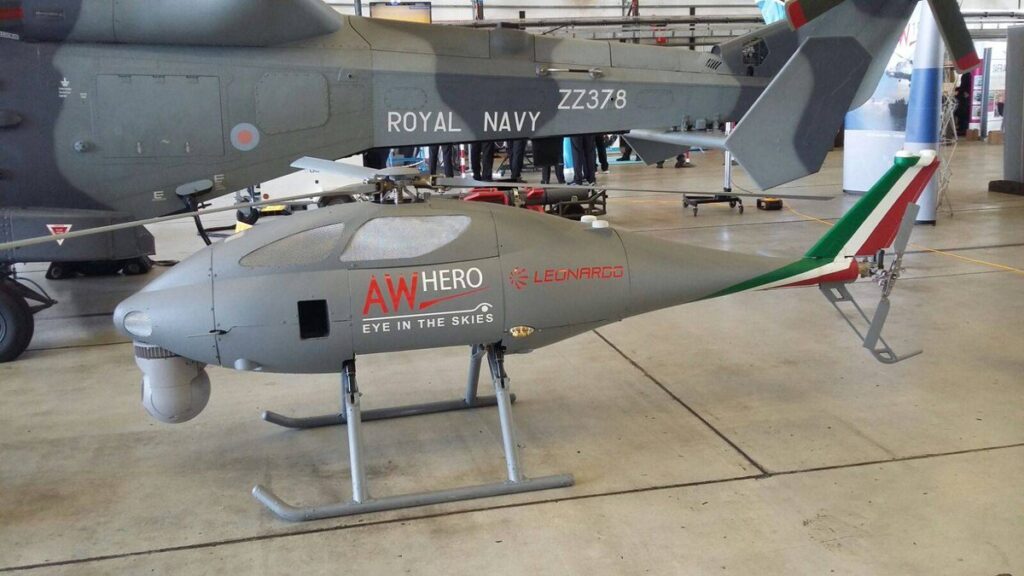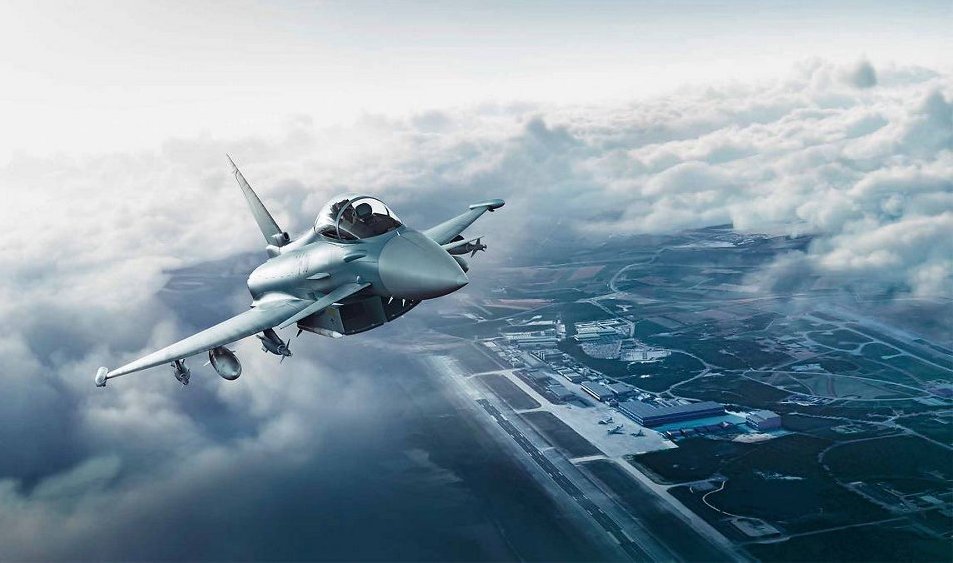FedEx Modernizes Fleet With Delivery of Regional ATR Freighter
FedEx Express, a subsidiary of FedEx Corp. (NYSE: FDX) and the world’s largest express transportation company, announced the delivery of the first ever purpose-built turboprop regional freighter to the FedEx fleet. This follows the company’s…


